We often assume animals only “create” when it serves reproduction, like building a nest or displaying to a mate.
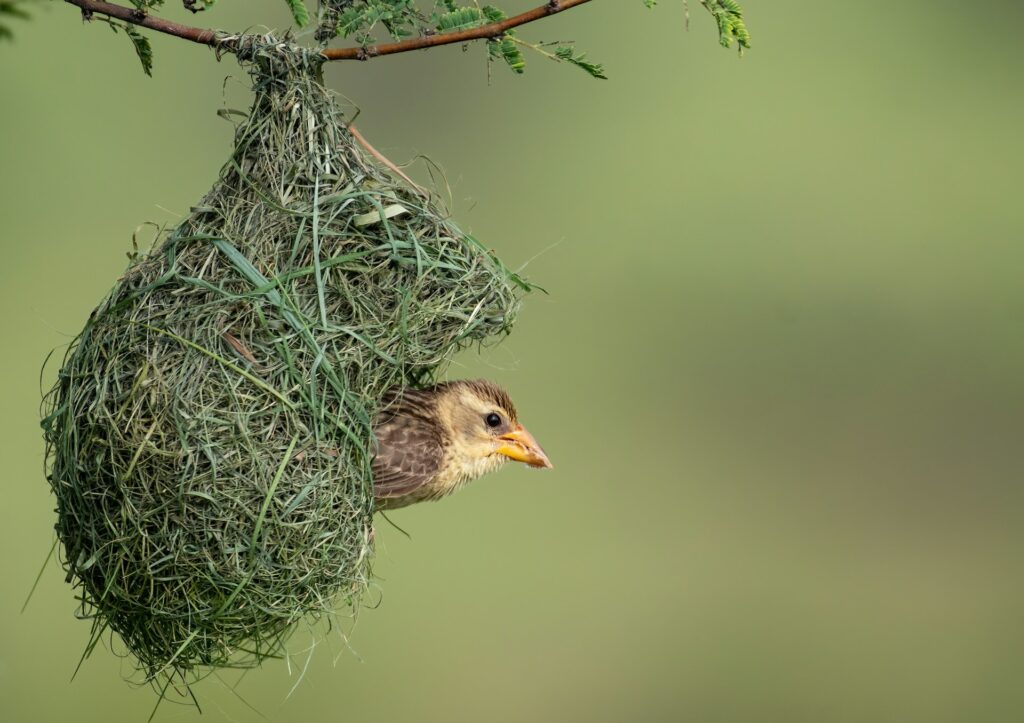
However, some animals go further, crafting intricate objects, patterns, and even behaviours that don’t seem strictly tied to mating. Whether they’re expressing something, experimenting with materials, or creating for function, these examples challenge how we think about art, instinct, and creativity. Here are just some of the animals whose work looks a lot like art, without romance as the main reason.
1. Pufferfish and their geometric sand circles
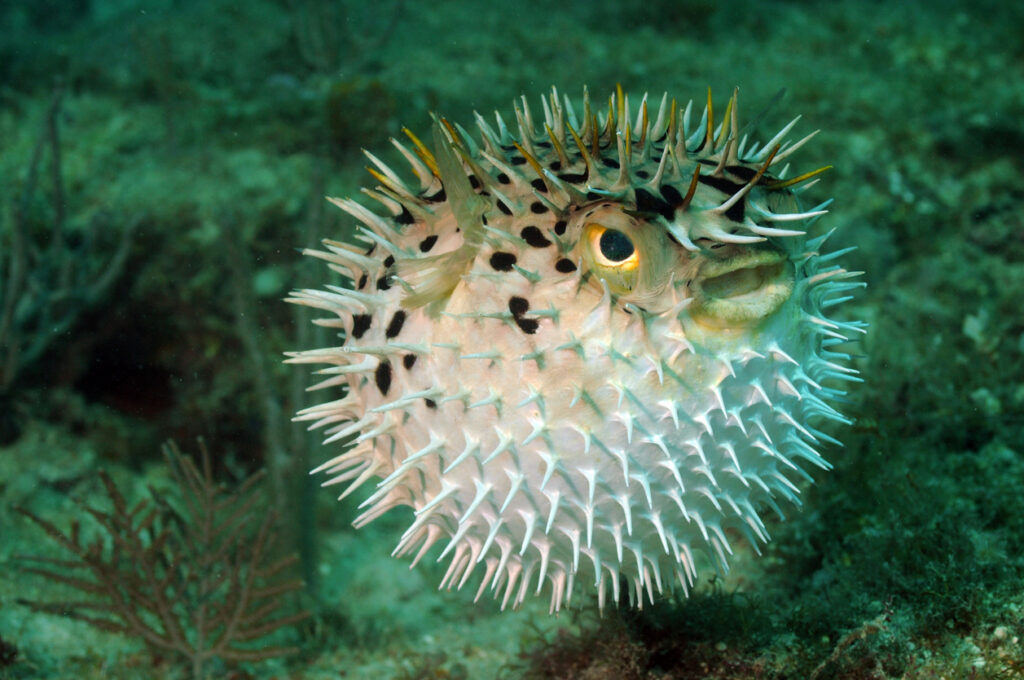
Male pufferfish are famous for creating ornate circular patterns on the ocean floor to attract females—but the detail and care they put in suggest something more than just reproduction. The fish return to perfect and adjust these patterns even when no mate is around.
Researchers believe the structures may also help trap fine sand and prevent eggs from drifting—but the sheer symmetry and delicacy make it hard not to see something artistic in the process. It’s effort well beyond “just enough to get by.”
2. Octopuses decorating their dens

Octopuses are known to gather shells, stones, and even shiny debris to arrange outside and inside their dens. While some of it is for camouflage or protection, many of the items serve no clear function at all. The choices are often oddly consistent—some octopuses appear to favour particular colours or shapes. It’s not about attracting other octopuses, either. It’s about altering their space. If that’s not design, it’s something close.
3. Orangutans making musical instruments
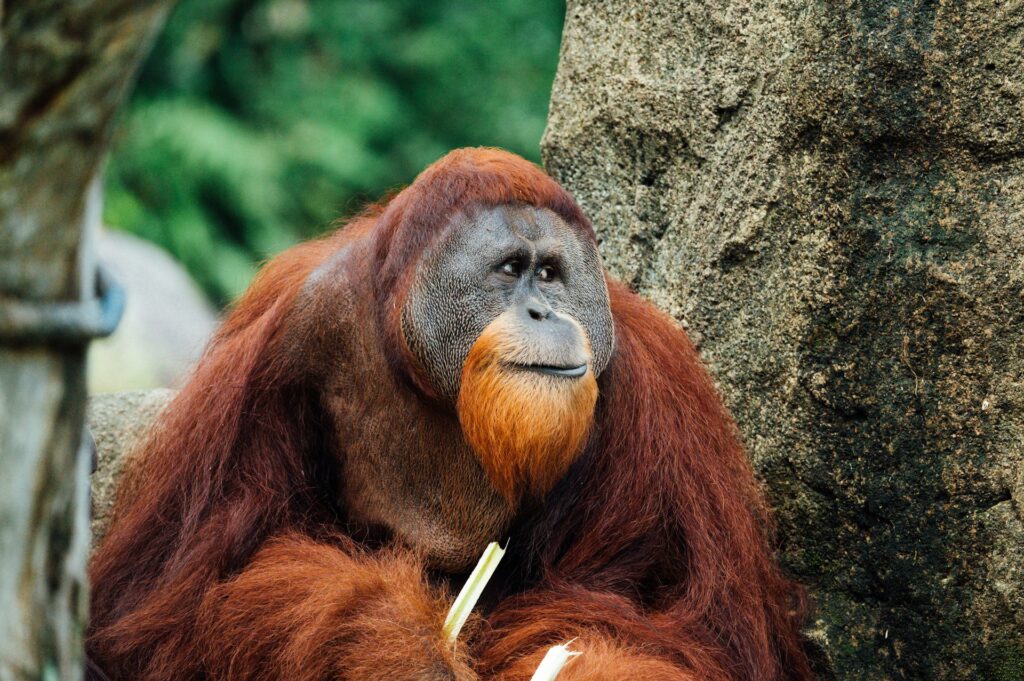
In the wild, orangutans have been seen tearing leaves and placing them over their mouths while calling out, creating a trumpet-like effect. It doesn’t help attract a mate—it’s used more in social and territorial settings. It’s a rare example of a wild animal deliberately manipulating a sound for expressive effect. Some researchers compare it to the early stages of musical behaviour—more performance than function.
4. New Caledonian crows shaping tools with precision
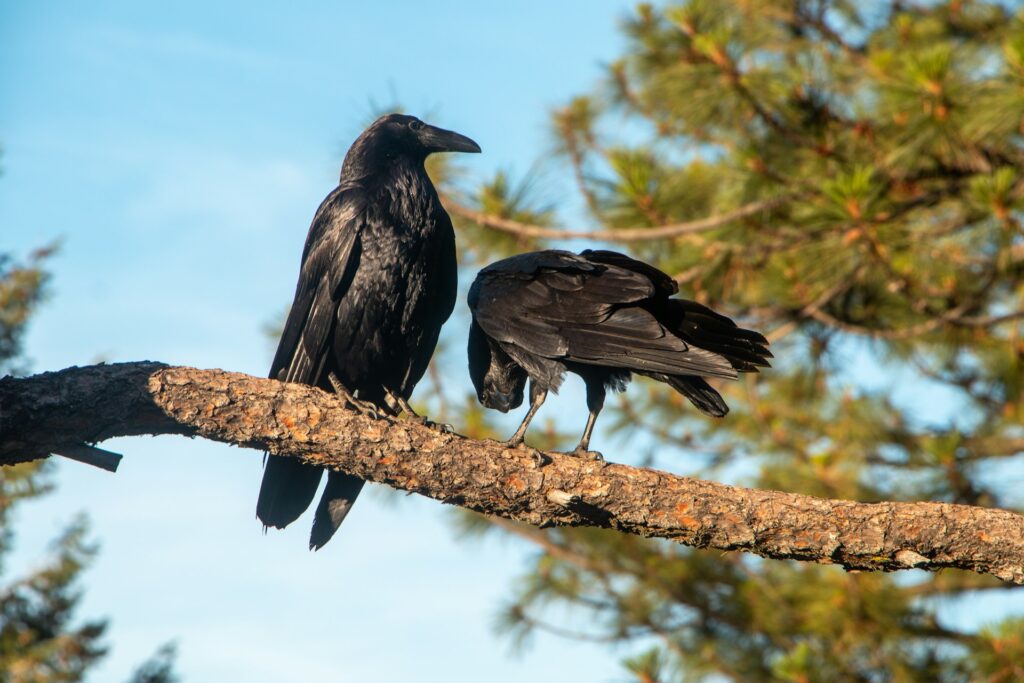
These crows don’t just use sticks—they shape them. They trim leaves into hooks, smooth out twigs, and even store their favourites for future use. The crafting goes beyond necessity into something that looks a lot like pride or preference. Some even choose materials based on “feel” rather than availability, suggesting there’s a personal element at play. It’s not art in the gallery sense, but it’s deeply intentional, and visually consistent from bird to bird.
5. Elephants drawing and painting in captivity
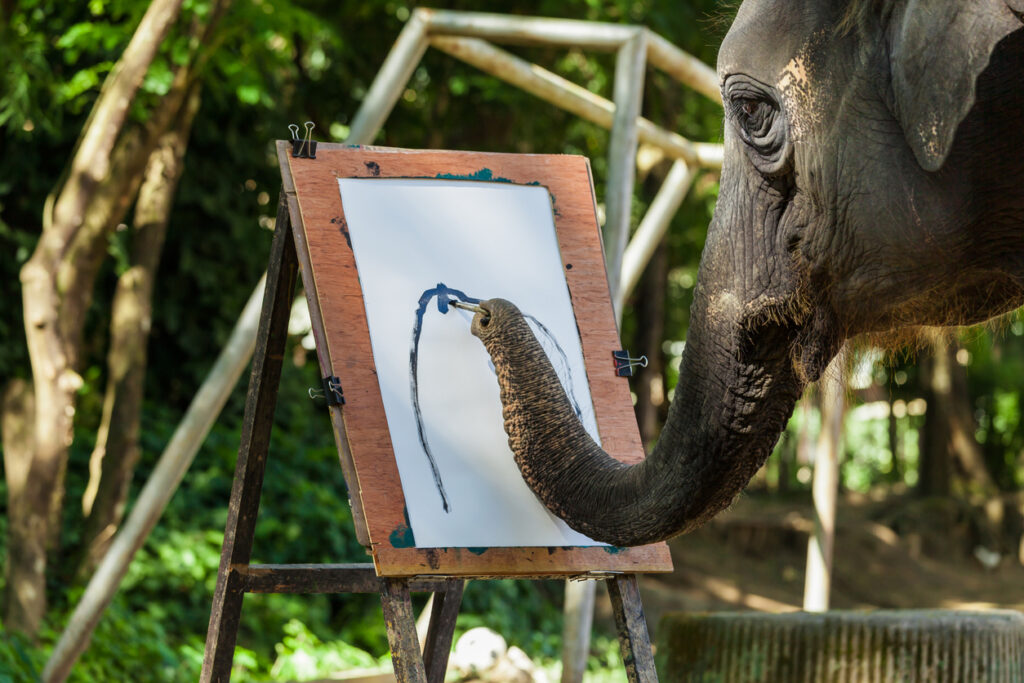
When given brushes and paint, some elephants—especially in sanctuaries or rehabilitation settings—begin painting with surprising control and apparent interest. While some trainers direct the process, other elephants seem to paint voluntarily and with specific, repeated strokes.
It’s not romantic, and it’s not reward-based in all cases. The behaviour may tap into cognitive stimulation, emotional expression, or even a form of play. It raises questions about what art actually feels like to other species.
6. Cichlid fish arranging stones and shells into underwater “gardens”
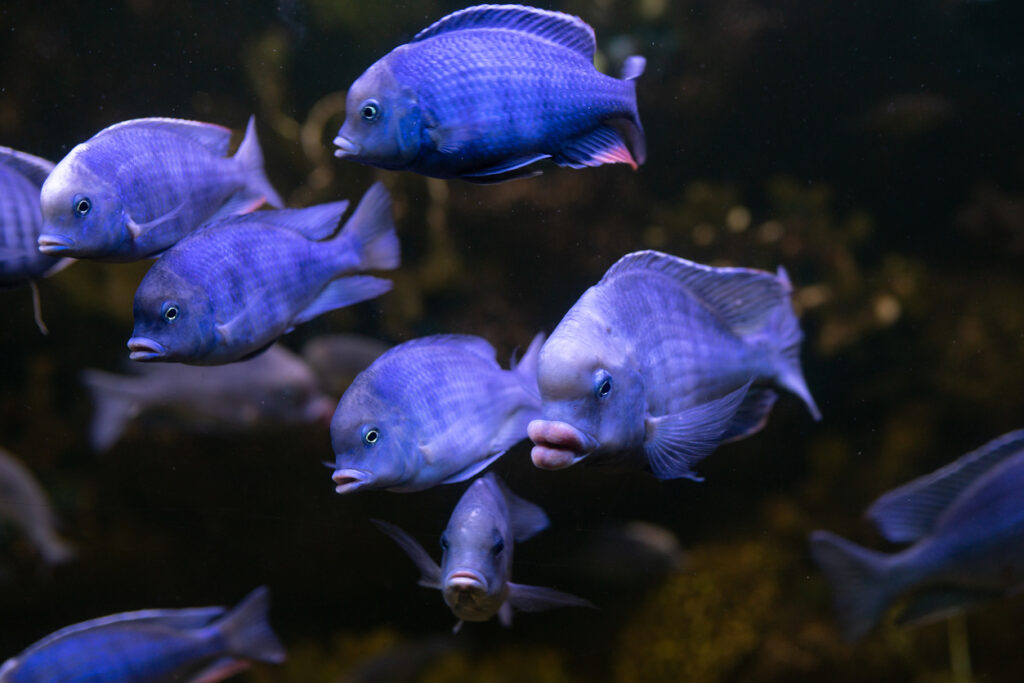
Certain species of cichlids in African lakes are known to build and rearrange elaborate structures on the lakebed. These include shell circles, stone stacks, and cleared “patios”—far beyond what’s needed for basic shelter or breeding.
These arrangements change over time and don’t always follow the same mating pattern. Some seem to serve as territory markers, but others are more ambiguous. The fish actively revisit and adjust their designs, suggesting more than just survival instinct.
7. Termites building towering mud sculptures

Termite mounds are incredibly complex—ventilated, temperature-controlled, and mathematically structured. The outer architecture often includes repeating shapes, domes, and even spiral towers that go far beyond functional housing. While these formations serve survival purposes, their precision and symmetry have drawn comparisons to architecture and sculpture. Termites don’t create for beauty—but beauty often shows up anyway in their communal vision.
8. Bonobos using gestures in social “performance”
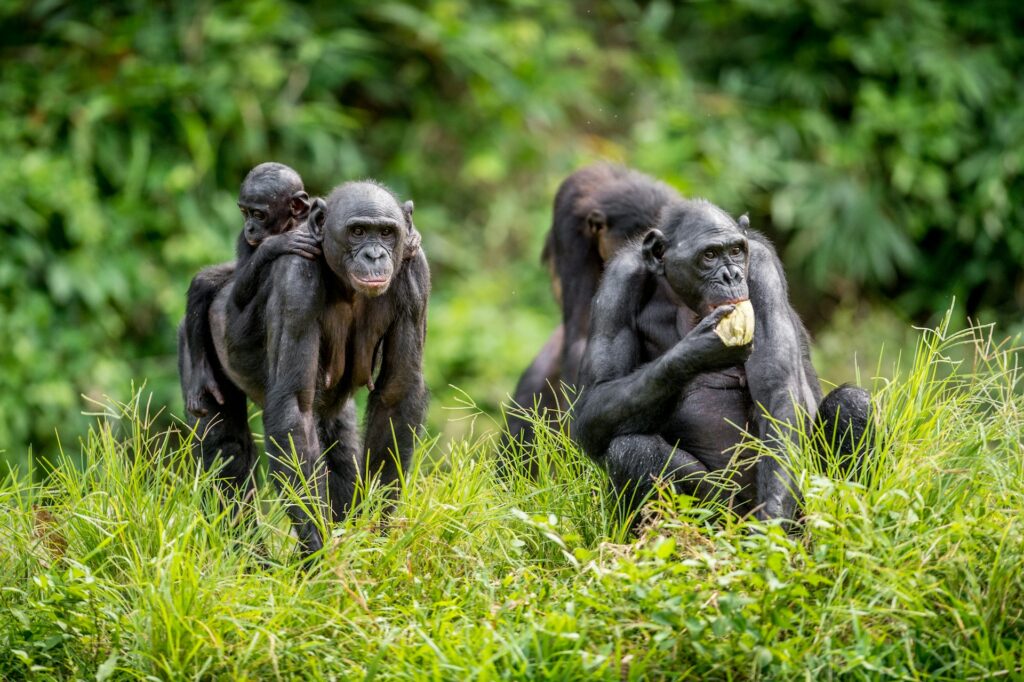
Bonobos are highly expressive, and in group play or conflict resolution, they often engage in gesture sequences and movements that look rehearsed or stylised. Some researchers believe they use movement and expression in ways that resemble early human ritual.
These aren’t courtship behaviours—they’re social, emotional, and often about group harmony. It’s a kind of body-language theatre that may serve bonding or calming, but with flair and variation that suggest something expressive, too.
9. Dolphins blowing bubble rings and manipulating water
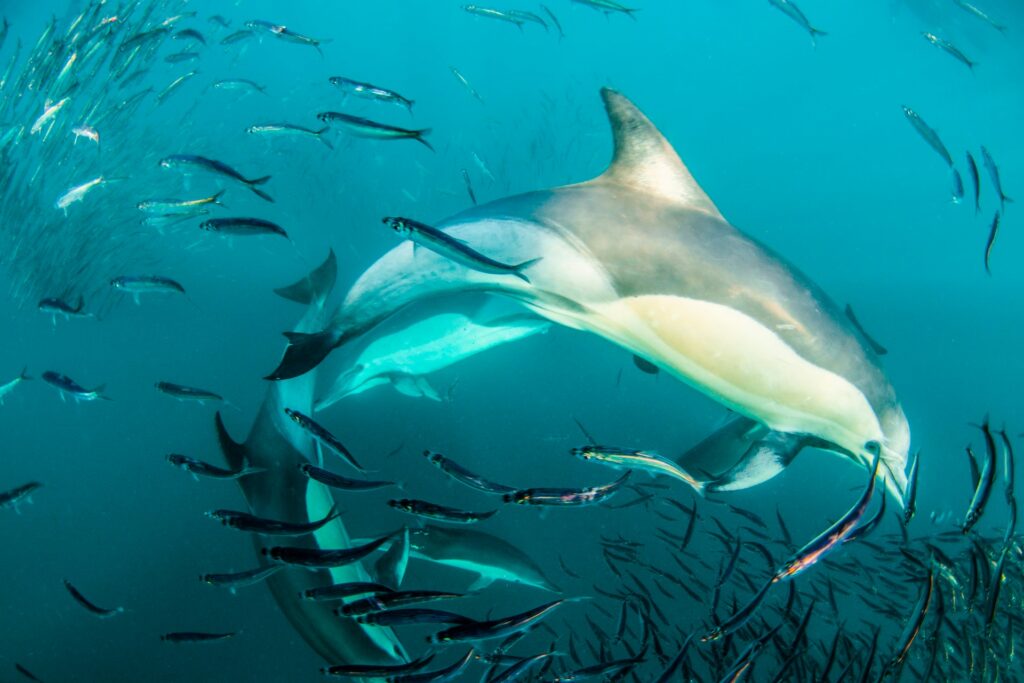
Dolphins sometimes create perfect underwater bubble rings—blowing them from their blowholes, then spinning or playing with them. It’s not for food, sex, or survival. It’s clearly play—but with elegance and intention. Some individuals learn to control the size and movement of the rings, almost as if choreographing them. It’s visual, controlled, and repeatable—more like a dance or sculpture than random entertainment.
10. Bowerbirds rearranging bowers long after mating season
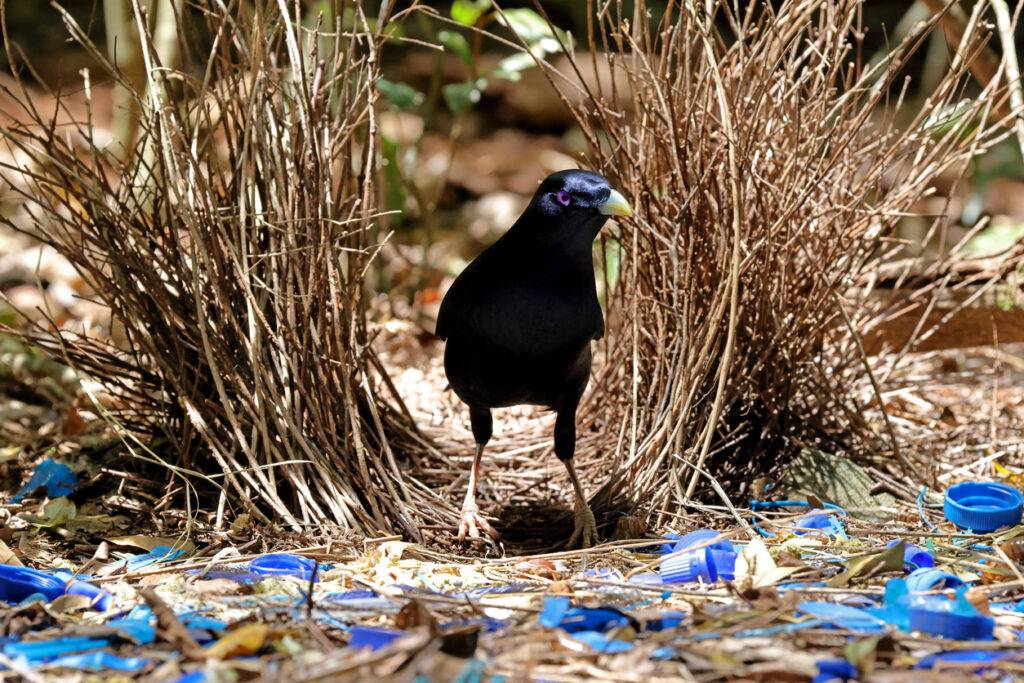
While male bowerbirds build elaborate bowers to attract females, some continue to adjust, decorate, and “curate” their spaces well after mating season ends. They revisit the arrangement with no reproductive goal in sight. Some scientists believe they’re reinforcing territory or practicing for the next season. Others wonder if it’s just personal investment in design. Either way, the motivation isn’t always directly tied to courtship—and the care never really stops.
11. Beavers shaping flowing landscapes

Beavers are nature’s architects, and while their dams are primarily functional, they often manipulate the surrounding space in ways that go beyond mere utility. Water pathways, tree placements, and even flow direction can reflect highly nuanced decision-making.
While it’s not art in the decorative sense, their work shapes entire ecosystems—and each construction site has a unique “layout.” The repetitive, intentional shaping of the environment feels close to sculpting on a natural scale.
12. Weaverbirds creating elaborate, knotted nests
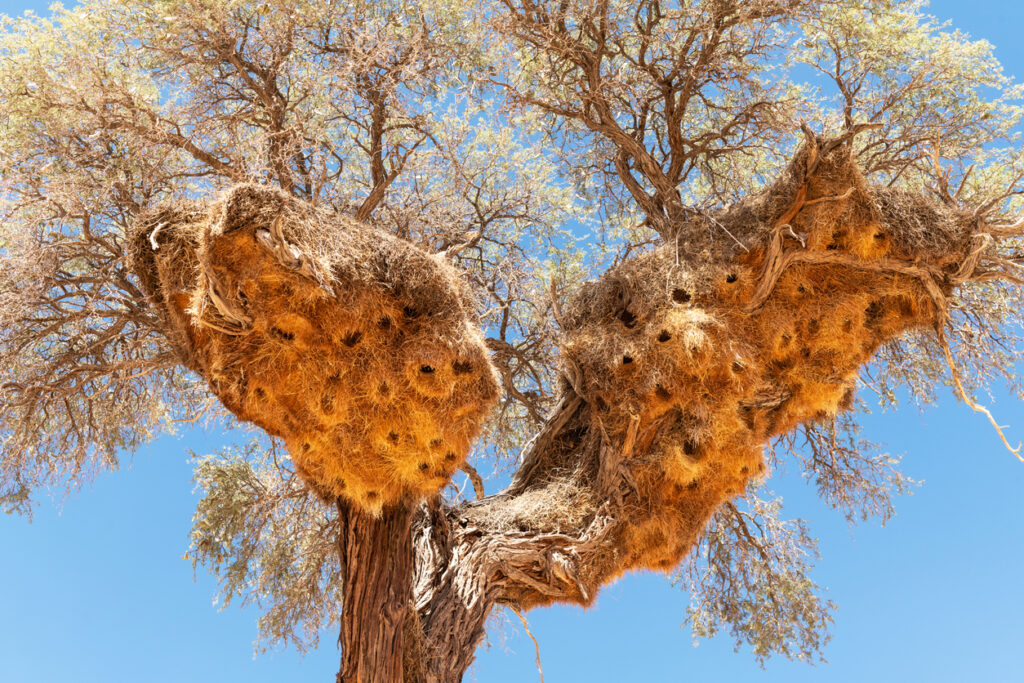
Weaverbirds use grass and twigs to build intricate, hanging nests with woven chambers and sometimes multiple entrances. While nesting is partly about mating, some individuals build and rebuild several nests with no intention of using them. There’s a craftsmanship to it that’s hard to overlook. The birds test tension, placement, and strength as they go. It’s problem-solving—but also a visible expression of effort, structure, and sometimes even flair.